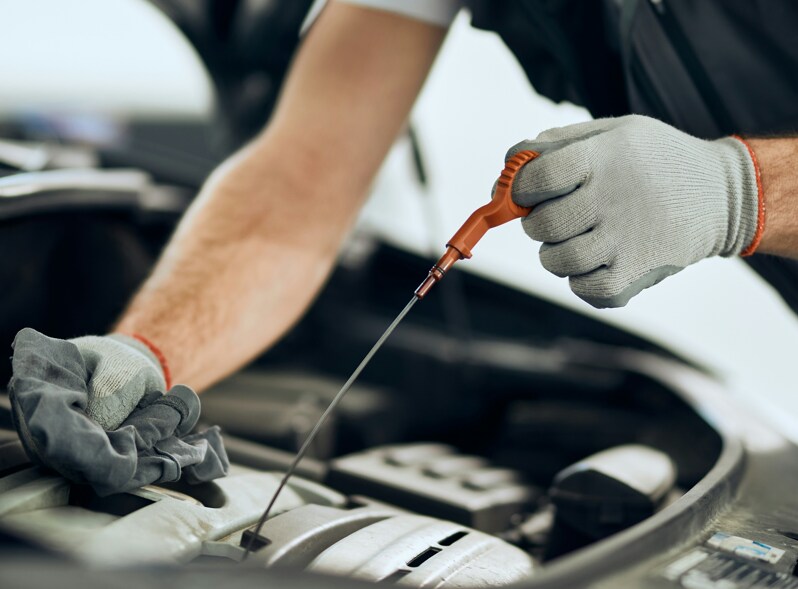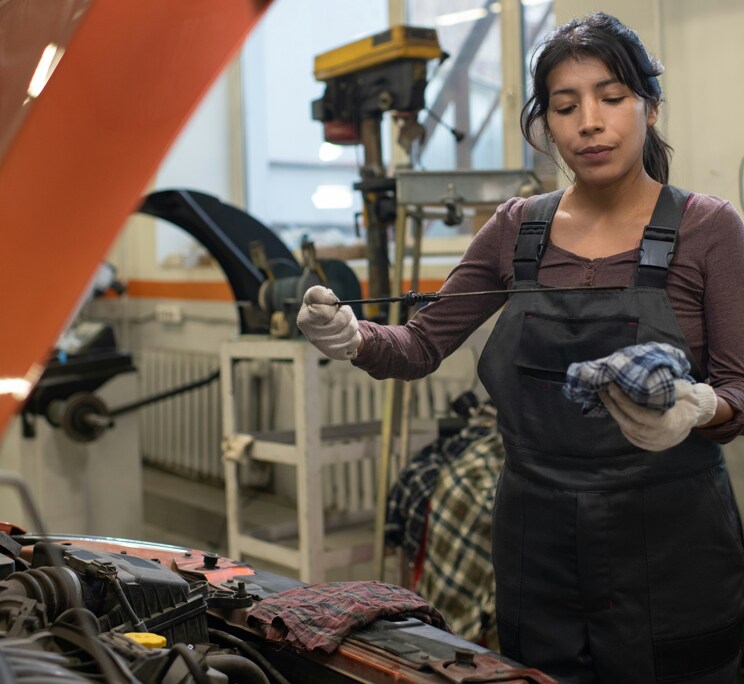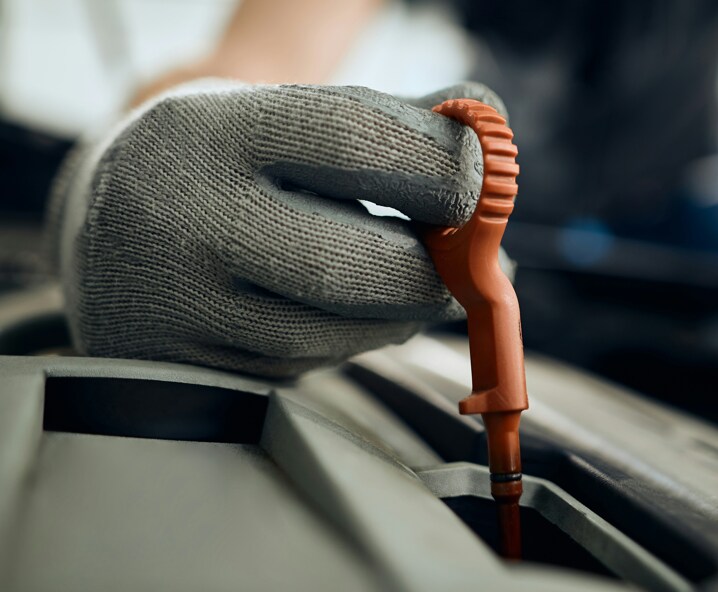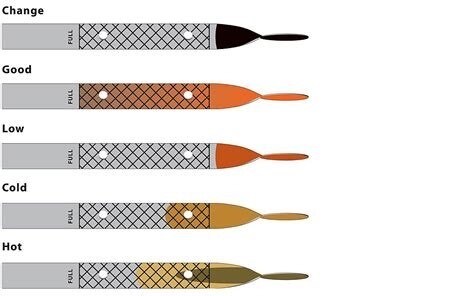How To Check Your Own Oil?
Knowing how to check the oil on your vehicle is a skill that every vehicle owner should know. Not only does this ensure stellar vehicle performance, but being able to check your vehicles oil also promotes longevity, reliability, and a safer driving experience. Giving any and all drivers peace of mind before getting on the road. That said, we've decided to create a step by step guide to ensure you're that you know how to check your own oil:
- You need to make sure that you are parked on a leveled surface before attempting to check your oil, as you are going to want to get an accurate reading. That said, make sure you aren't on any sort of hill or incline.
- Also, if you just got done driving or running the vehicle, let it settle for a few minutes before attempting to check, as this could also give you an inaccurate reading when going to check your vehicles oil.
Step 2: Locate And Pull Out The Dip Stick
- After popping the hood, you'll want to locate the dip stick. Every vehicle is different, so it may be hard to locate, but you'll find a brightly colored handle that usually will be either yellow or orange. This is your vehicles dip stick. Once you pull it out, you'll notice that it will be a long rod.


Step 3: Wipe Off Any Oil With A Rag/Cloth
- Wiping off the dip stick after pulling it out of its tube is not only standard practice, but it is also important in order to prevent any cross contamination, ensuring an accurate oil reading.

Step 4: Reinsert The Dipstick
- Once you have finished wiping off the dip stick, your going to fully reinsert it back into its tube, and wait 3 seconds before taking it out again.

Step 5: Remove And Check The Oil Level

- The 2 holes on the end of your dipstick are going to be your high and low levels, with your lower level being closer to the end.
This chart here can help determine, whether you need to add or drain more oil:

Still Need Some Help?
Feel Free To Give Us A Call At (888) 784-1526 during our regular hours of operation, if you have any questions, or need to schedule a service appointment for a more thorough inspection.